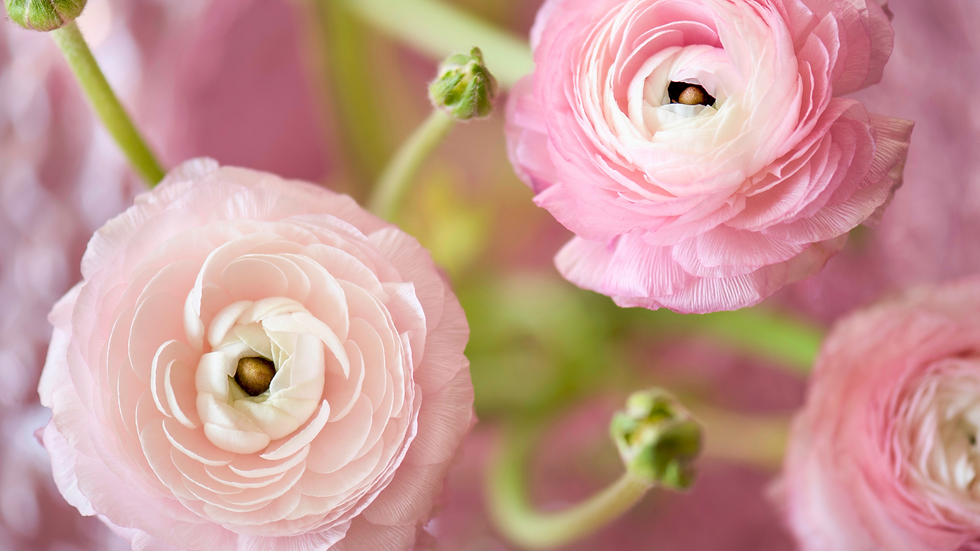How to Grow Black Peppers
- The Carbon Garden

- Oct 15, 2024
- 3 min read
Updated: Oct 8

In this article, we share a comprehensive guide to growing black peppers at home.
Quick Guide Information
Common Name: Black Pepper
Scientific Name: Piper nigrum
Family: Piperaceae
Life Span: Perennial
Time Till Harvest: 300-400 days
Light Requirement: Partial Shade
Optimum pH: 5.5 - 6.5
Pepper is the ultimate and most used spice in the kitchen. Even for those who don’t like spicy food, pepper can give just the right amount of kick needed in a meal. It has been prized for centuries and guess what? It can be grown at home!
Before you get too excited, be aware that pepper is a tropical species that does not do well in low temperatures and does not handle frost. It does best in hot and wet tropical climates but can also be grown in the subtropics. It is not recommended for temperate climates, although it could possibly be grown inside or within a heated greenhouse.
Pepper is a self-pollinating vine that does best in dappled and partial sunlight. It does great in the understory of cultivated trees or even in forest settings. It requires a structure or companion plant for climbing.
Propagation
Pepper can be propagated by seed or by cutting. Cuttings are a bit quicker to grow but seeds are easier to get as they can easily be ordered and shipped.
Growing by Seed
This is pretty straightforward. You can soak the seed for 12 hours before planting to speed up the process. Once soaked, place seed 2 cm deep in well-draining soil. Keep moist and warm until germination in 4 to 5 weeks. Keep this in a pot for another 2 months until the plant is well established and ready for transplanting.
Growing by Cutting
Take a cutting from the base of the plant. Avoid taking cuttings from shoots that appear to be flowering or bearing fruit. You want at least 10cm long cuttings with plenty of nodes. Bury this half way in well-draining and moist soil. Keep moist and wait 2 to 3 months before transplanting it in the field.
Planting and Maintenance
Pepper plants grow pretty easily given the right conditions. This means moisture, warm temperatures, and a structure to climb. Their ideal soils are well draining but never drying out completely. They do not handle waterlogging or inundation. They tolerate poor soils, but will benefit from compost or well-aged manure mixed into the soil before planting.
For planting, simply take your already rooted pepper plant and plant it in your desired location. A bamboo or wooden trellis work great for climbing, alternatively you can use another woody plant. You can plant several peppers about 25 to 45 cm apart in a row. Top dress with a bit of compost then mulch.
It may take over one year for your plants to produce and several years before you get a large harvest. A warm climate is crucial to having quick and steady growth with pepper plants.
Nutrient Support and Foliar Care
Once new shoots begin to emerge, black pepper responds well to a calm, consistent nutrient rhythm. This is a climbing perennial that appreciates steady care over time, particularly as it begins to set roots and form its early structure.
If you’re following The Carbon Garden Program, begin the fortnightly foliar spray cycle as soon as active growth begins:
Week 1: Plant Food (10ml per litre of water)
Week 2: CropBioLife Activator (2ml per litre) + Plant Tonic (2ml per litre)
Repeat this cycle every two weeks throughout the growing season. Spray in the early morning or late afternoon, when conditions are calm. Allow the leaves to remain wet long enough for the nutrients to be absorbed.
If you’re using a different fertiliser program, take care to avoid overfeeding. Black pepper prefers balanced nutrition, particularly during its formative stages. Too much nitrogen can lead to excessive leaf growth at the expense of flowering and fruiting later on.
Note: We don’t recommend combining synthetic fertilisers with CropBioLife Activator, as this can interfere with its natural mode of action.
Whichever approach you take, consistency is key. A gentle, regular foliar program helps your plant stay in rhythm with its environment, supporting steady growth, stronger roots, and a healthier connection to the soil.

Common Problems
Root Rot - This is usually caused from compacted or heavy clay soils. If your plant isn’t too old you can consider removing it and planting it on a mound to promote better drainage.
For more guidance on how to grow naturally and in tune with the seasons, visit our website or explore our garden guides.





Comments